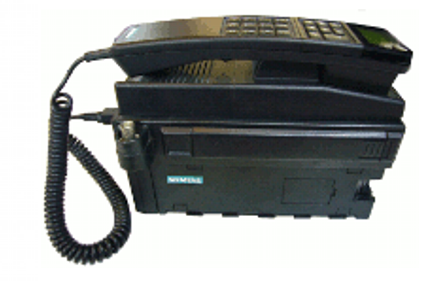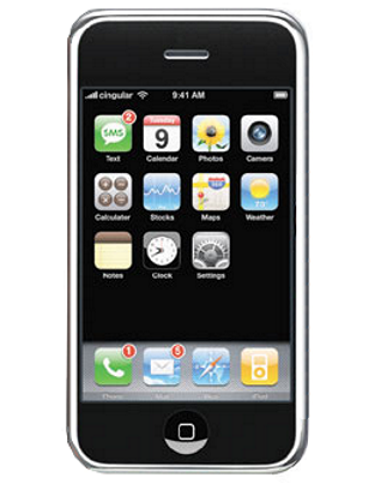mobile station (mobile communications) (MS)
Mobile stations(MS) are characterized by the fact that they can be used and operated in any location. What all mobile stations have in common is their structure, which essentially consists of the transmitting section with antenna, the receiving section, the dialing device and the devices for voice input and output.
The designation of mobile stations has changed with the development of mobile communications networks. Whereas in the C- network people used to speak of a portable radio telephone, a handset or car phone, in GSM networks these are called mobile stations (MS), or cell phones or smartphones. InUMTS and in LTE networks, it is referred to as subscriber equipment, user equipment( UE).
Whereas a few years ago the weight for a mobile handset was given in kilograms, today a modern cell phone weighs only a little more than 100 grams. Mobile stations operate at different power levels depending on the size of the radio cells. For example, GSM mainly uses terminals with 2 W transmitting power, while Digital Cellular System( DCS) uses only 1 W.
In addition to cell phones, as service offerings and transmission rates have increased, cell phones with multimedia displays and multifunction mobile devices that support diverse communications services have evolved. This group of devices is represented by smartphones.


